QuestionI have a 25-gallon freshwater tank. I bought fish without being told to wait 2-weeks for bacteria to develop. (The tank is now 3-weeks old). I have been losing several fish who mysteriously start running into things and letting the current push them around (and into walls). Then they will lay on the bottom with their gills still moving for a long time, before finally dying.
I talked to the petstore about my situation and they tested my water and found no problems.
Then they tested my salt-content and told me to add more salt so my water would be "brackish". They sent me home with a "Salt Level Test Kit" that is actually designed for ponds.
I have since tested my water several times for salt and always found it to be really low. No matter how much I have added. Now I am worried about too much salt content.
My question is: Are the Pond Test Kits good for aquariums and how much salt is a good amount? If the kits are not good ... how do I tell when the salt level is too high/low?
Not sure if it matters, but the fish I have lost were: Dragon Fish, Rosie Tetra, Dwarf Puffer, Cremecicle Molly, Blue Mystery Snail and an Algae Eater
AnswerHi Vayle,
Wow, I'm sorry to hear about your trouble.
Unfortunately, you were a victim of misinformation. This happens so often, petstores with odd opinions about subjects and are usually wrong for the most part.
And this is the first time I've heard the 'salt theory'.
You should never have to test for the salinity of your water. That's only for Saltwater or Brackish--which brings me to the brackish problem. Not all fish need salty conditions! Many fish can't even tolerate salt. And brackish conditions can severely stress freshwater fish.
A moderate amount of salt is good for when your fish are ill--as it helps kill off some parasites and prevent some infections... But it won't help your problem and won't keep your fish from dieing.
What you need to do is at least a 20% water change to get rid of some of the salt. I'm not sure what fish you currently have, but it's highly likely they won't need it and it could be stressing them at high amounts. A 20% water change won't shock the fish, don't add anymore salt, I would try to get rid of it as much as you can, but you may need to do it slowly to avoid shocking them from high salinty to fresh. A water change also helps perk up sulking fish and replaces builtup pollutants with fresh clean water. Remember with your replacement water to always equalize the temperature of the replacement water to that of your aquarium and dechlorinate it with a water conditioner. This is very important to remember.
I wish you could take back the salt level test kit of you can. You definately don't need it. What you really need is test kits for ammonia, nitrite, and nitrate. There are handy test strips that can sometimes test all three levels.
You need the ammonia test to check for any ammonia spikes--ammonia is the by-product of fish waste. It is only removed by your beneficial bacterial colony which take up to 4-6 weeks to colonize in your gravel, filter, and everywhere else in the aquarium. Without these bacteria, keeping aquariums healthy--would never be possible.
Later your bacteria convert ammonia into nitrite--which is still toxic... And then later into nitrate which is the end product of the whole cycle. Nitrate is the least harmful of the three and is removed by your weekly water changes.
Once your bacteria colony get established, you won't need to check for ammonia, or nitrite, or even nitrate--except on the rare occasion that your fish are acting strange. But it is best to test for them to moniter the cycling process. For awhile your ammonia may spike, and nitrite will rise too..With time nitrate will rise a little and ammonia will begin to drop...When ammonia and nitrite levels have dropped to zero and your nitrate is moderate, your aquarium is established. Ammonia is the biggest culpritin fish losses and it's most unfortunate you weren't informed of the importance of stocking very slowly in the beginning.
You aquarium's probably almost done, but probably not quite done with cycling. Be patient. The most vital thing you must do if your ammonia or nitrite spikes is to do a 30-50% water change. Remember ammonia and nitrite are very harmful to fish. Don't add anymore fish until things can be straightened out first.
Slowly try to convert your "brackish" aquarium to completely fresh with 20% water changes once or twice a day for several days until they are in 100% freshwater--or very close to that. Then let everything settle and hopefully your aquarium will finish cycling if it hasn't already (which would be unusual).
Next do much research on different fish species and fishkeeping in general. It's much better to start out with hardy small fish with simple needs like platies, guppies, danios, small barbs, or white clouds and gradually make it on to larger and more demanding species.
Some good websites you can look into for more info are-
"www.aquahobby.com"
"Myfishtank.net"
"Aquariumfish.net"
"wetpetz.com"
And please, if you can, check out this all reliable beginner book on fish--called:
"The simple guide to freshwater fishkeeping"
I have found this book to provide the best and most useful information that is easy to understand for beginners and is good for even advanced hobbiests.
You don't need to ever worry about salt in the freshwater aquarium. The best thing for you to do is much research and always feel free to ask me!
I really hope this helps! My deep sympathies for your loss of the Dragon fish, Dwarf puffer, cremecicle molly, mystery snail, algae eater and rosie tetra. :(
Best wishes and Happy fishkeeping!
Feel free to email me with anymore questions or concerns...
Karen~

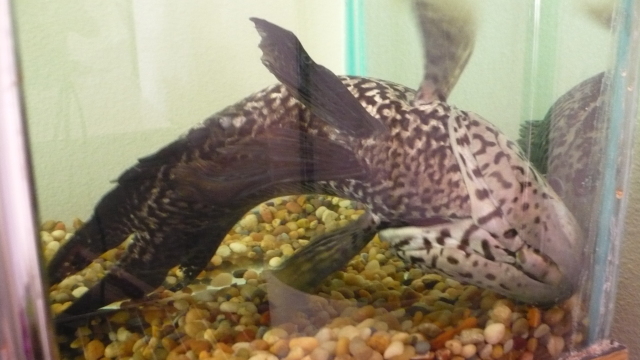 Swim Bladder Problem
Question
Buttnippers Problem
I have an 8 yr old Manguan
Swim Bladder Problem
Question
Buttnippers Problem
I have an 8 yr old Manguan
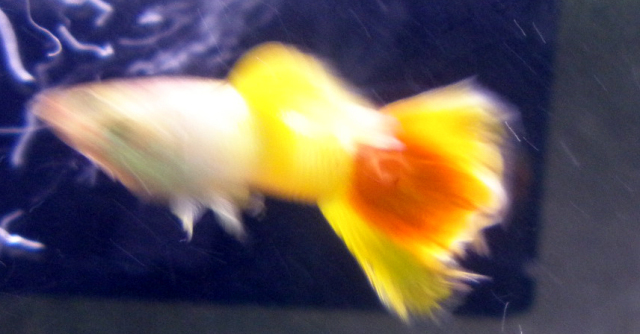 tail growth
QuestionQUESTION: I have had a male guppy for several m
tail growth
QuestionQUESTION: I have had a male guppy for several m
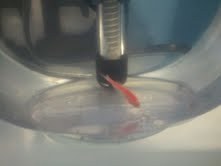 fish disease?
Question
Fish tail
Hello,
I have a 20 gallon tank that
fish disease?
Question
Fish tail
Hello,
I have a 20 gallon tank that
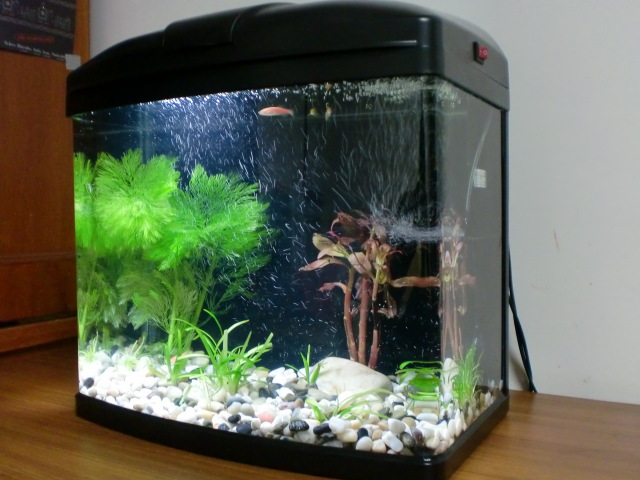 Tank mate for Red Danios
QuestionFish tank
QUESTION: Hey Jamie,
I bought
Tank mate for Red Danios
QuestionFish tank
QUESTION: Hey Jamie,
I bought
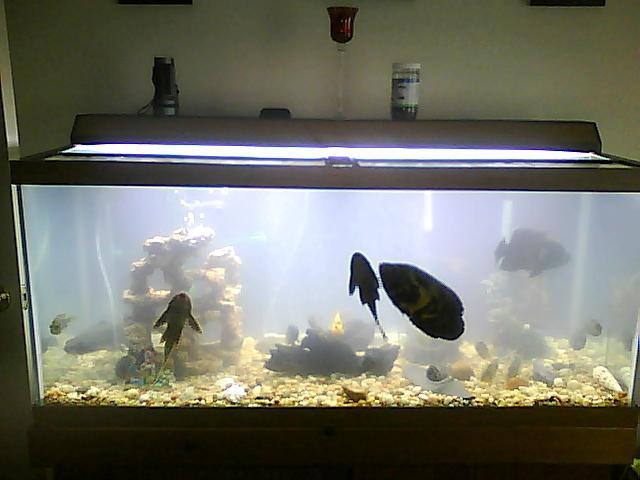 fresh water aquarium cloudly
Question
75 gal freshwater
I have a 75 gal fresh water
fresh water aquarium cloudly
Question
75 gal freshwater
I have a 75 gal fresh water